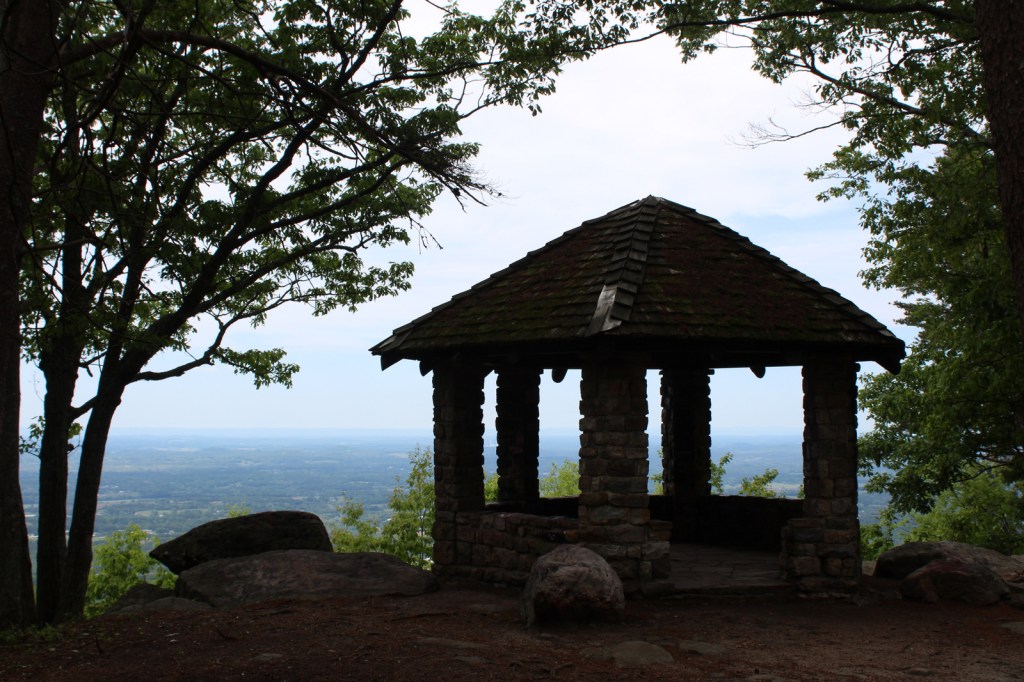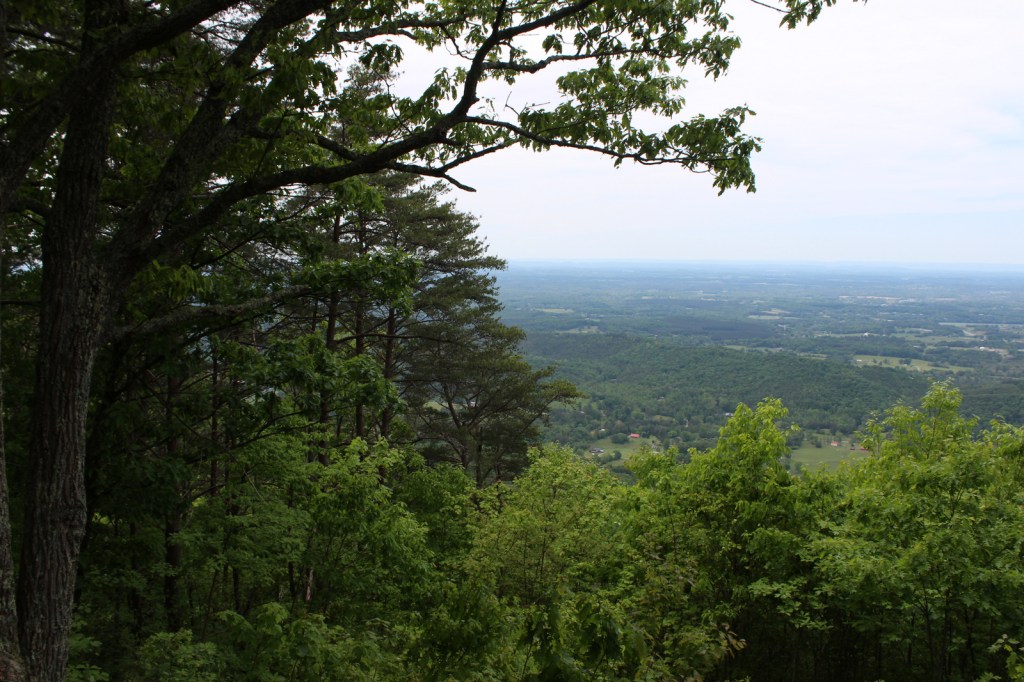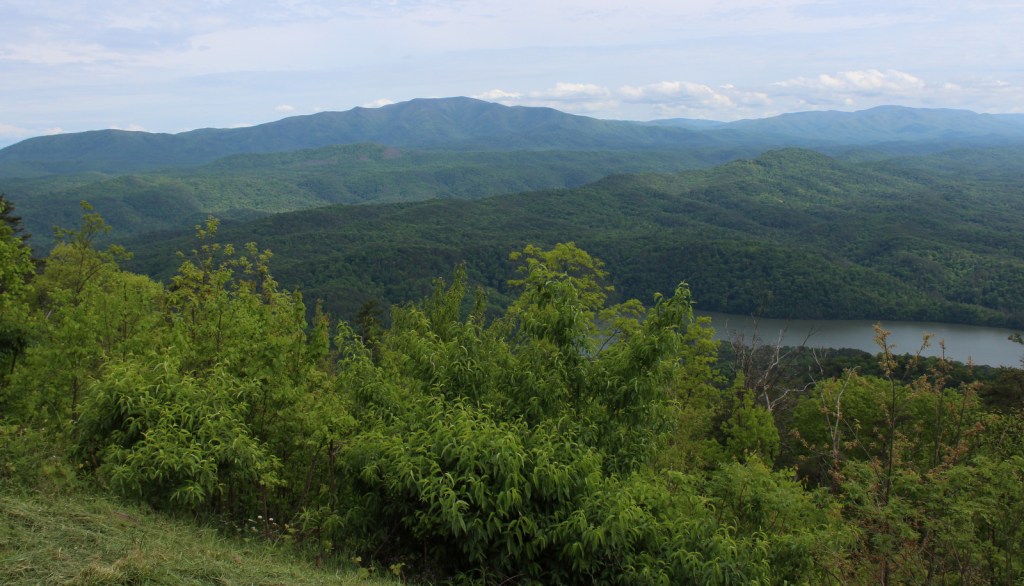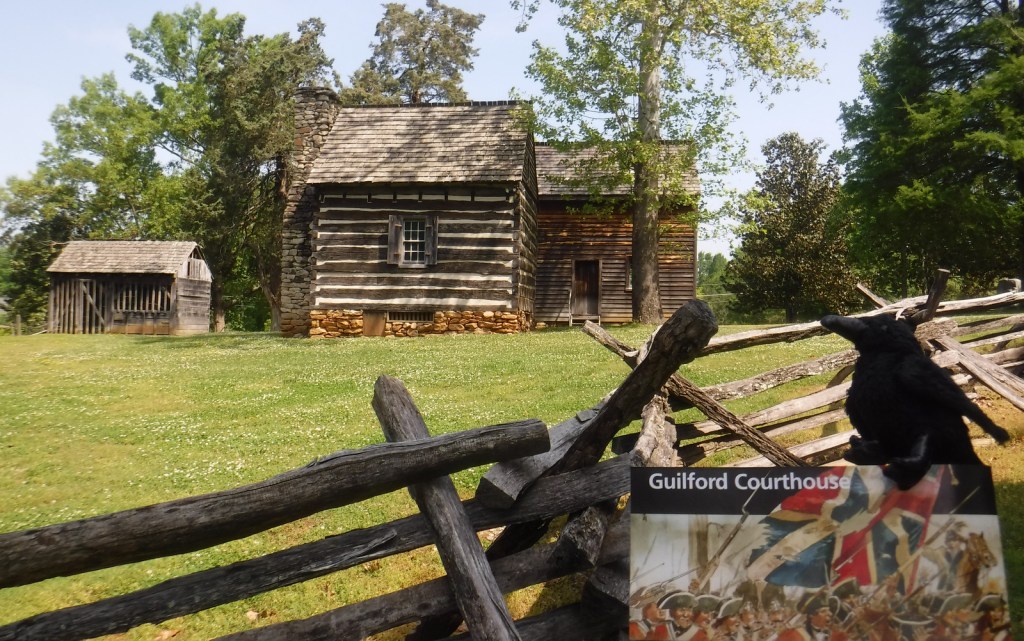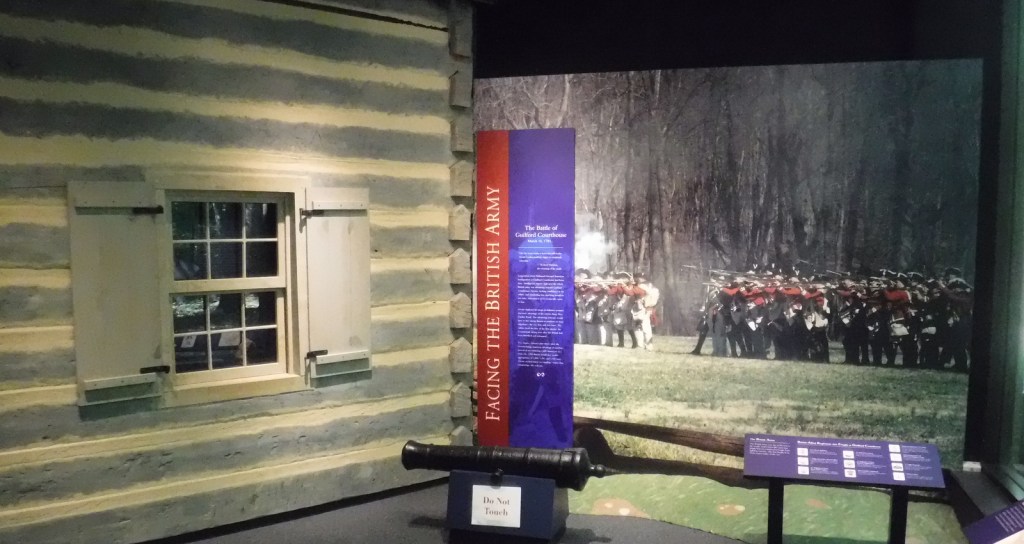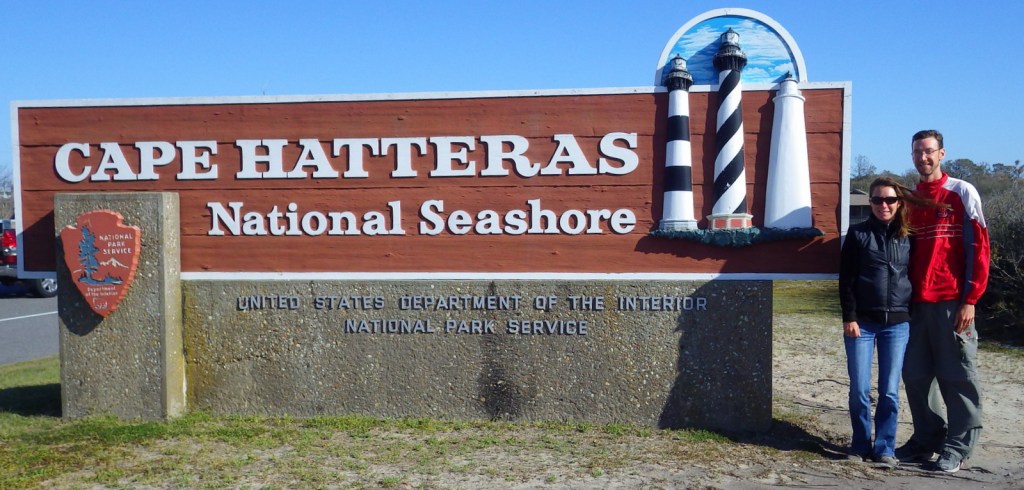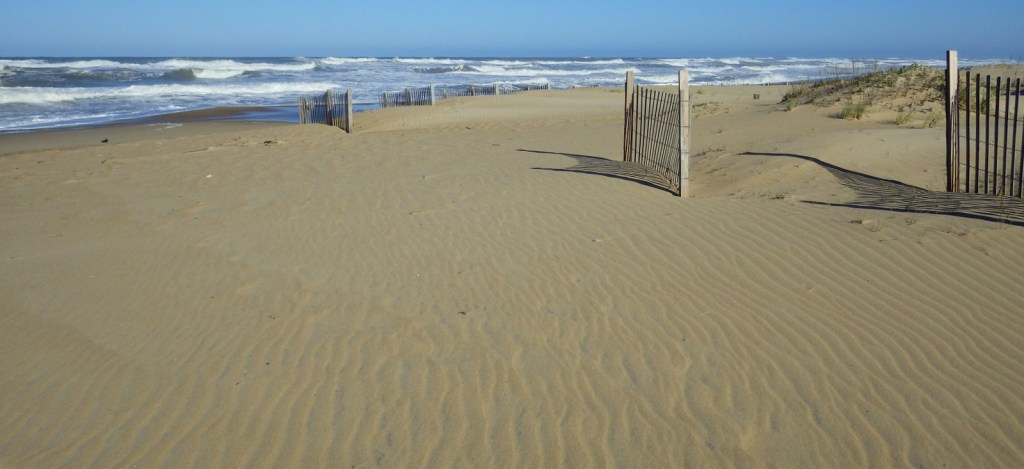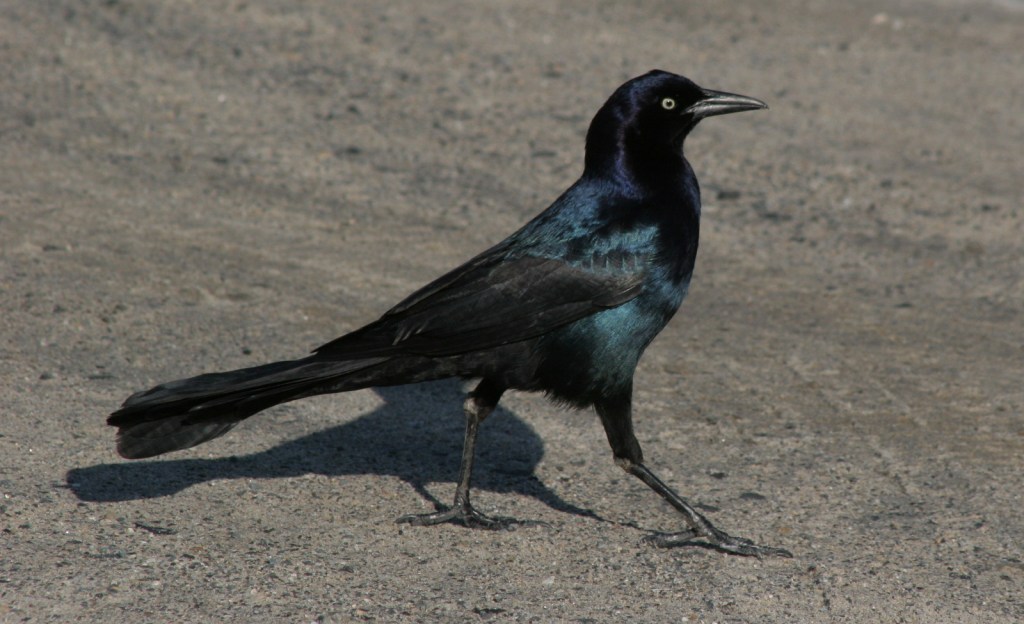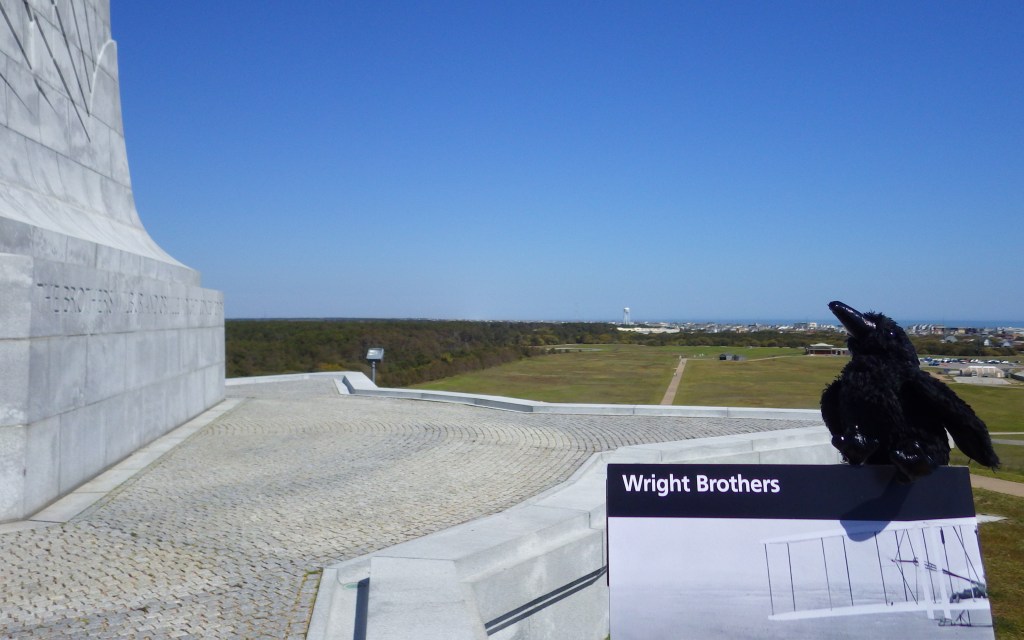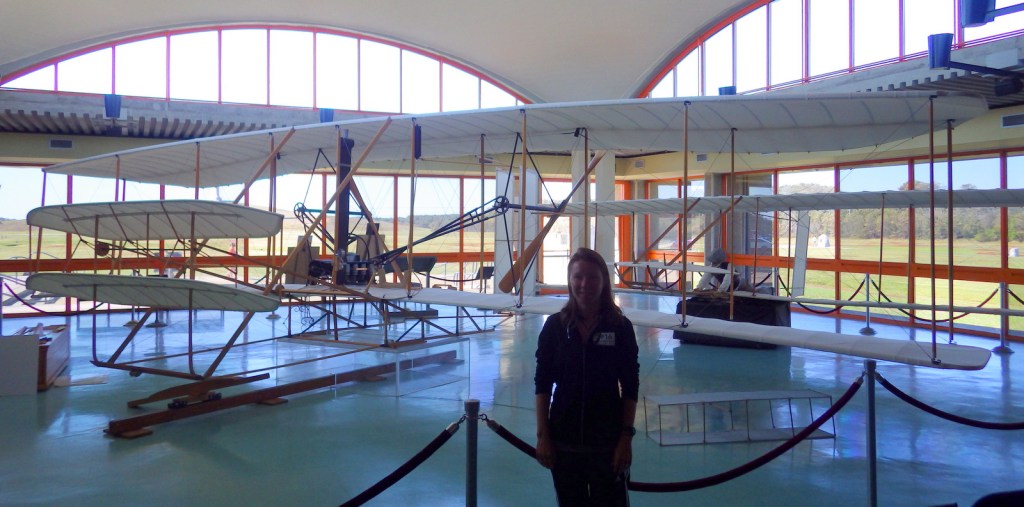Croatan National Forest
North Carolina
Managed by U.S. Forest Service, Southern Region
308,234 acres (159,885 federal/ 148,349 other)
Website: https://www.fs.usda.gov/nfsnc
Overview
The sandy soil of North Carolina’s coastal plain is where you will find Croatan National Forest, the land of the longleaf pine (which is the official state tree). Longleaf pines are adapted to frequent surface fires by going through a “grass stage” when young, so the Forest Service conducts controlled burns in some stands. Much of the National Forest has standing water (in pocosins and Carolina bays), which is why there is not a single trail through its 31,000 acres of designated Wilderness areas. Pocosins are raised bogs and home to 11 species of carnivorous plants, including the federally-protected Venus flytrap. A Carolina bay is one of many oval-shaped depressions typically filled with water that are oriented in a northwest-southeast direction across the coastal plain. They range in size from small ponds to two miles in diameter, but the exact cause of their formation is unknown.

Highlights
Cedar Point Tideland National Recreation Trail, Flanner Beach, Fishers Landing, Brice Creek canoe trail, Black Swamp OHV Trail, Island Creek Trail, Patsy Pond Nature Trail, Cedar Point Tideland National Recreation Trail, Neusiok Trail
Must-Do Activity
To find some of the 11 species of carnivorous plants in Croatan National Forest, you will have to work a little bit. Pull off one of the highways that bisect the area and hike to the edge of a pocosin, where scrubby vegetation grows in highly-acidic black soil. Pitcher plants, bladderworts, sundews, and Venus flytraps utilize different methods to capture insects and spiders in order to sap their nitrogen and other nutrients that are scarce in the water-logged soil. To trigger a tiny Venus flytrap to close, an insect must touch one hair twice or multiple hairs within 20 seconds. They are often found adjacent to larger pitcher plants, which lure insects inside by color or odor, then are too slick-walled to escape. Sundews and the butterwort utilize a sticky substance to capture their prey. The five species of bladderworts float in shallow water where they capture swimming prey that trigger a trap door.
Best Trail
The Cedar Point Tideland National Recreation Trail is a 1.4-mile loop located partially on a boardwalk near the mouth of the White Oak River. There are also two long trails through the swamps and pine forests: Neusiok Trail (21 miles) and Weetock Trail (14 miles). There are no designated trails through Croatan National Forest’s 31,000 acres of designated Wilderness areas.
Watchable Wildlife
Black bears in this region can get very big since they generally do not hibernate in the winter. Other large mammals found are bobcats, raccoons, river otters, and muskrats. Great blue herons, snowy egrets, ospreys, bald eagles, peregrine falcons, wild turkeys, woodcocks, and northern bobwhite quail are major bird species. There are a variety of reptiles and amphibians, including alligators, anoles, cottonmouths, copperheads, canebrake rattlesnakes, pigmy rattlesnakes, and eastern diamondback rattlesnakes. The tannic-stained blackwater supports fish like warmouth, redfin pickerel, sunfish, bowfin, yellow bullhead catfish, and the rare swampfish (a species of cavefish).
Instagram-worthy Photo
Carnivorous pitcher plants have large showy flowers that bloom in early May.

Peak Season
Spring and fall
Fees
None
Road Conditions
The major highways (17, 58, 70) that cross the National Forest are paved, and the sandy, unpaved roads are generally in good shape except when flooded.
Camping
There are Forest Service campgrounds at Flanner Beach on the Neuse River and Cedar Point along the White Oak River.
Wilderness Areas
Catfish Lake South Wilderness
Pocosin Wilderness
Pond Pine Wilderness
Sheep Ridge Wilderness
Related Sites
Cape Lookout National Seashore (North Carolina)
Fort Raleigh National Historic Site (North Carolina)
Moores Creek National Battlefield (North Carolina)
Nearest National Park








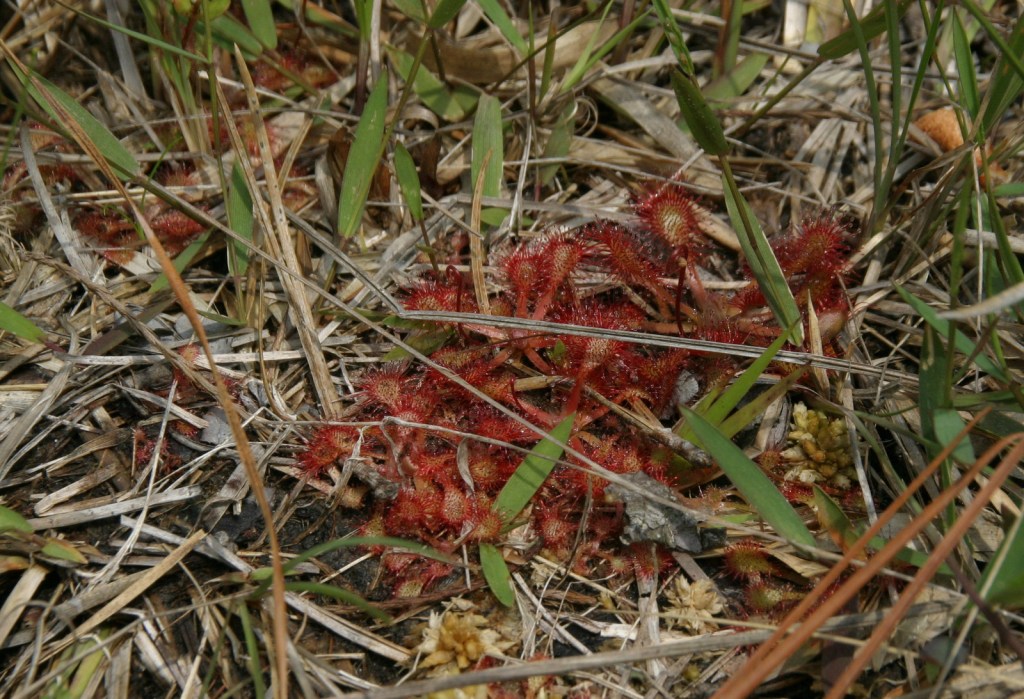






baldcypress, longleaf pine, loblolly pine, shortleaf pine, pond pine, eastern redcedar, Atlantic white-cedar
black gum, umbrella magnolia, southern magnolia, northern red oak, southern red oak, white oak, water oak, chestnut oak, overcup oak, black cherry, sassafras, American holly, yaupon holly, Hercules’ club, sweetgum, red maple, sugar maple, white alder, witch hazel, American beech, black walnut, tulip-poplar, hophornbeam, musclewood, red mulberry, flowering dogwood, loblolly bay, red bay, sweet bay magnolia, titi
Explore More – What is the origin of the National Forest’s name and how does it relate to Fort Raleigh National Historic Site?

Learn more about this and the 154 other National Forests in our new guidebook Out in the Woods
We are a participant in the Amazon Services LLC Associates Program, an affiliate advertising program designed to provide a means for us to earn fees by linking to Amazon.com and affiliated sites.




